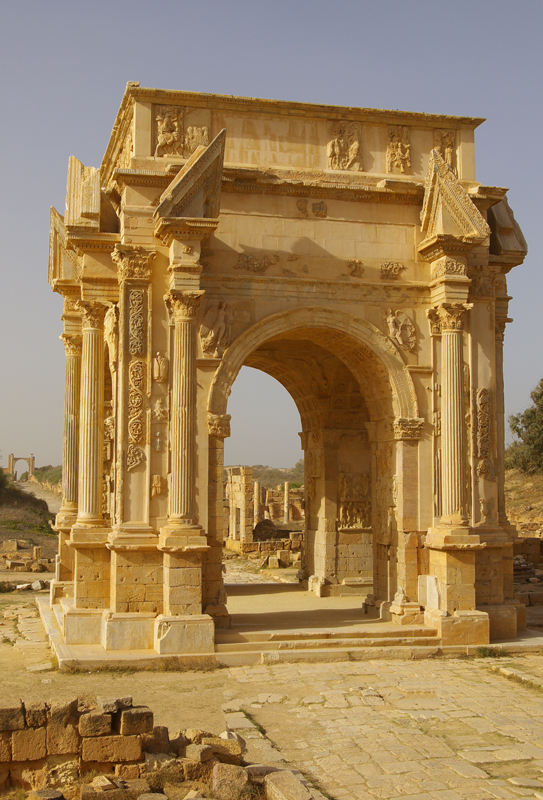This trip offers two departures: March 16, 2011, and October 19, 2011
Travel with Dr. Susan Kane, Director of the Cyrenaica Archaeological Project at Cyrene, Libya.
Pricing: $5,995 Double Occupancy.
Single Supplement: $1,195
Visit Libya’s spectacular UNESCO World Heritage Sites
- Spend a full day at Cyrene, one of the greatest ancient Greek city-states. Its vast ruins include the Temple of Zeus, which is larger than the Parthenon of Athens.
- Admire the magnificent coastal site of Leptis Magna, one of the largest and best-preserved Roman cities in the world.
- Marvel at the Roman city of Sabratha, where the aquamarine sea surrounds the remains of partially excavated temples, houses and extensive baths.
- Explore the legendary caravan city of Ghadames (Roman Cydamus).
Historical & Cultural Treasures
- Discover Tripoli’s Arch of Marcus Aurelius, the Ahmad Pasha al Qaramanli Mosque, and lively souks with a myriad of wares.
- Visit the traditional Berber village of Nalut, scenically situated alongside the Jabal Nafusa mountain range, where the Berber settlement dates back to the 11th century.
- Admire the early Christian site of Râs Hilal, situated on one of the most spectacular spots on the Mediterranean coast.
- Make a stop at Qasr Libia, where there are two ancient basilicas with an absolutely superb collection of mosaics—the finest, earliest, Christian discovery in Cyrenaica.
